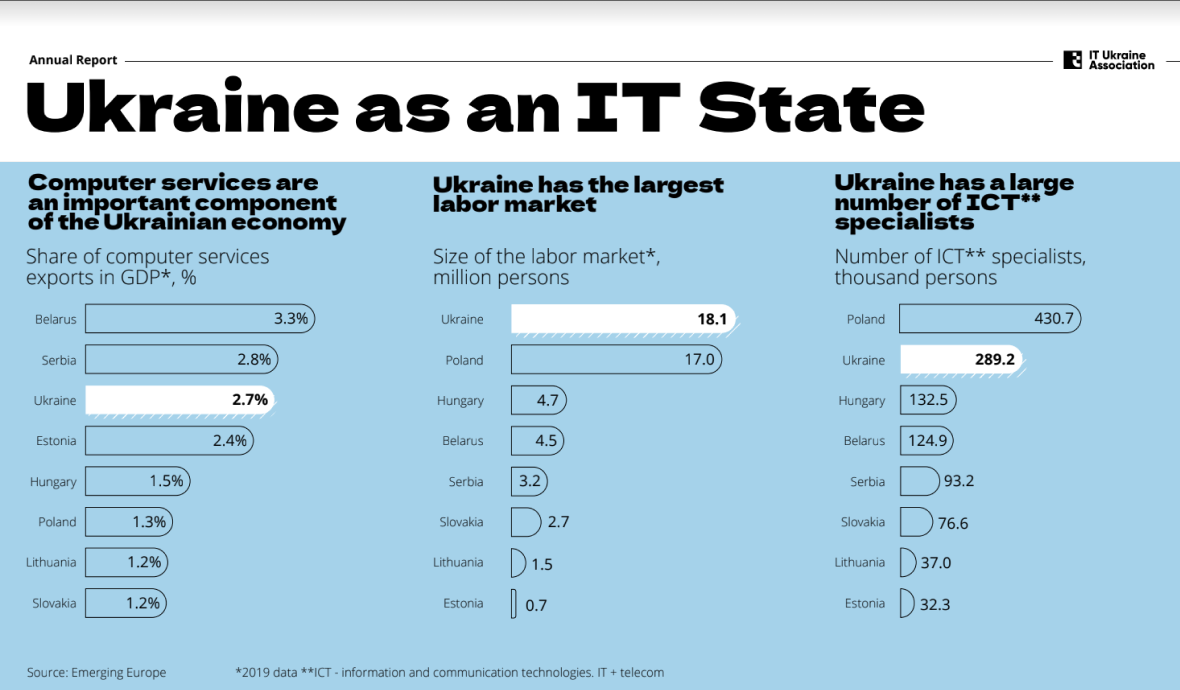How to Hire IoT Developers [Guide from Experts in IoT]
Written by:

Kostiantyn Oliynyk
Head of IoT at Webbylab
With a robust academic background in Telecommunication Systems Engineering, I apply my knowledge to lead innovations in the IoT domain. Starting as the first team member in the newly formed IoT department at WebbyLab, I've spearheaded its growth, fostering the expansion into embedded and hardware development alongside our core software projects. My dedication lies in pushing the boundaries of IoT technology, fostering a culture of innovation and excellence that profoundly impacts our clients' operational success.
- Define your specific IoT project scope and goals.
- Seek candidates with experience in IoT protocols (e.g., MQTT, CoAP), hardware integration, and data analytics.
- Screen candidates for relevant skills like IoT platforms (e.g., AWS IoT, Azure IoT), sensor integration, and programming languages (e.g., Python, C++).
- Conduct technical interviews to assess IoT knowledge and problem-solving abilities.
- Review candidates’ past IoT projects and references.
- Ensure they have access to necessary hardware and tools.
- Emphasize security practices in IoT development.
- Maintain open communication for successful project implementation.
The average number of days between the time you initially post a job for a software engineer and the date you hire him is 35. But that only applies to a typical developer who’s hired for a very basic position. If you require an IoT developer with particular skills, as it more often occurs, your hiring time could be 8-12 weeks or even more. You don’t waste too much time on searching for experienced employees with the required profile, if you make agreement with outsourcing vendor.
The rate varies much depending on region. For example, JavaScript developer earns in average $6800 per month in the USA, $4000 in Israel and $1600 in Ukraine/ Pricing differs due to the uneven level of economic development of countries, which affects the labor market and the standard of living. At the same time, the technical level of programmers varies from country to country, too. To hire the best team for an IoT project, you need to compare the benefits and risks of each country in terms of IT development and choose the best balance between price and quality. Outsourcing saves your costs on talent acquisition and retention.
We advise you to use the services of such trusted portals as Clutch or Top Tech Biz, which provide not only data on the best IT companies, but also objective assessments of the specialists who contacted them. You can also use the search for candidates on LinkedIn, GitHub, Hired, AngelList, CrunchBoard platforms.
The structure and number of specialists in your team vary depending on your business needs and the scale of the project. Anyway, if you hire remote IoT developers, they are to be able to lead you through every step of the delivery, from prototyping to development and post-delivery support. If you have a small start-up, at the initial stage it could have a developer (one or more), hardware engineer, embedded developer, or QA engineer.
Decide on a set of technical requirements for the product and therefore a stack of technologies used to create your product. Ask a potential partner to showcase completed IoT-related projects, preferably in the same sectors that your product is intended for. Approve the cost limit and the desired timeline for the development process. Get step-by-step information from the partner on the development stages, as well as agree in advance on additional services for support and maintenance of the product. Interviews the best candidates, assessing their soft skills.
![How to Hire IoT Developers [Guide from Experts in IoT]](https://webbylab.com/wp-content/uploads/2025/04/upload_694ac17d03fe8-791x267.png)










